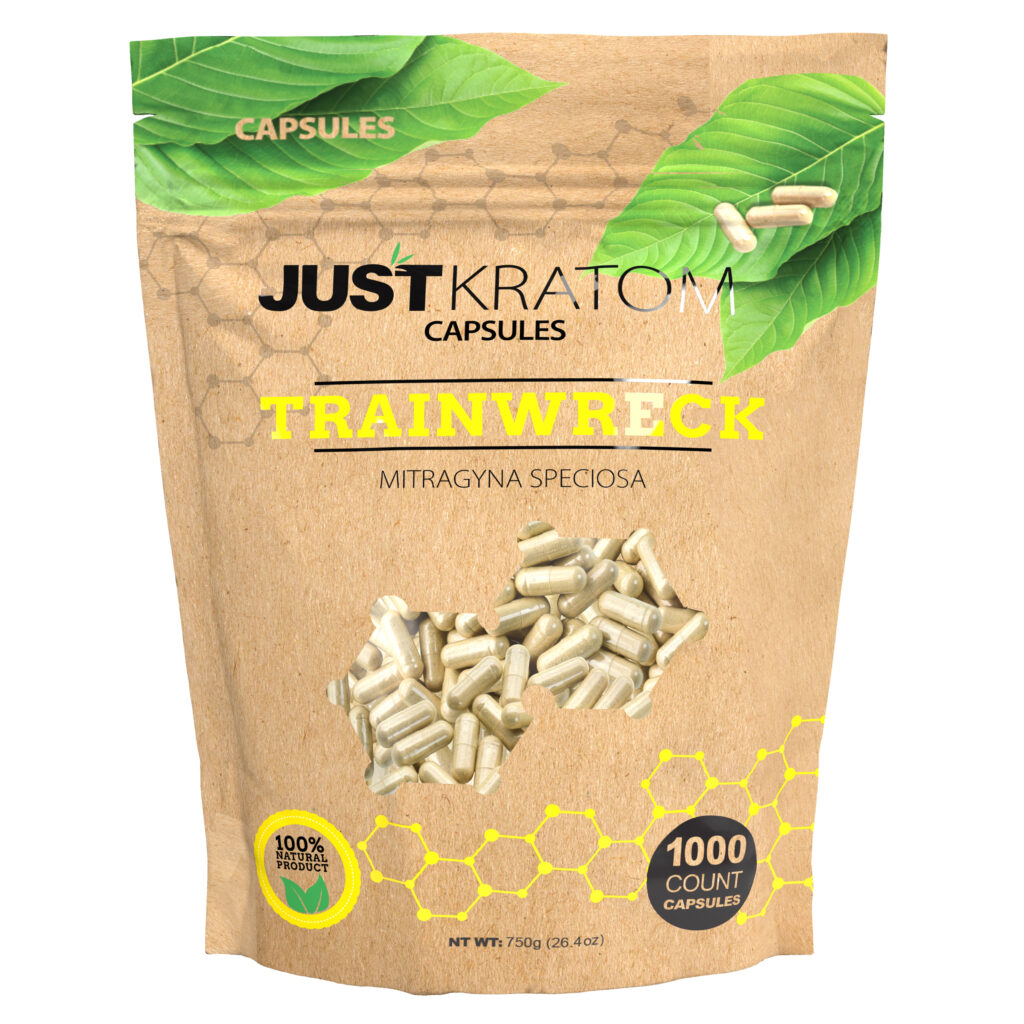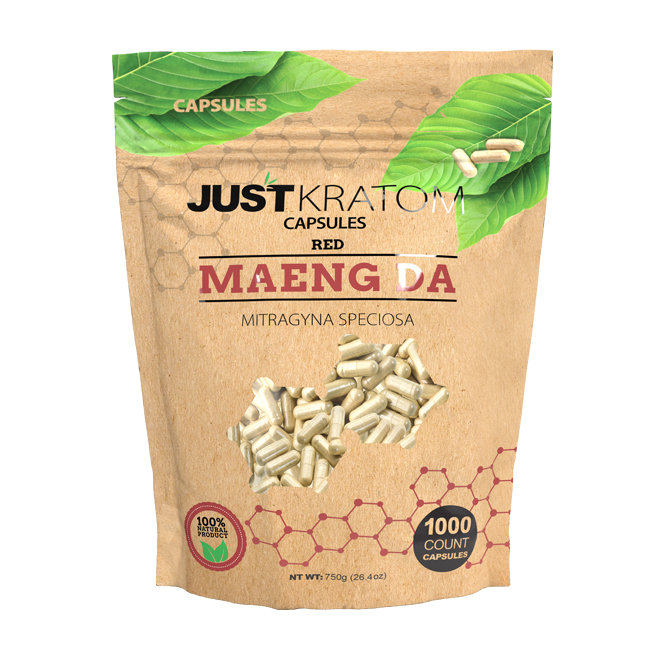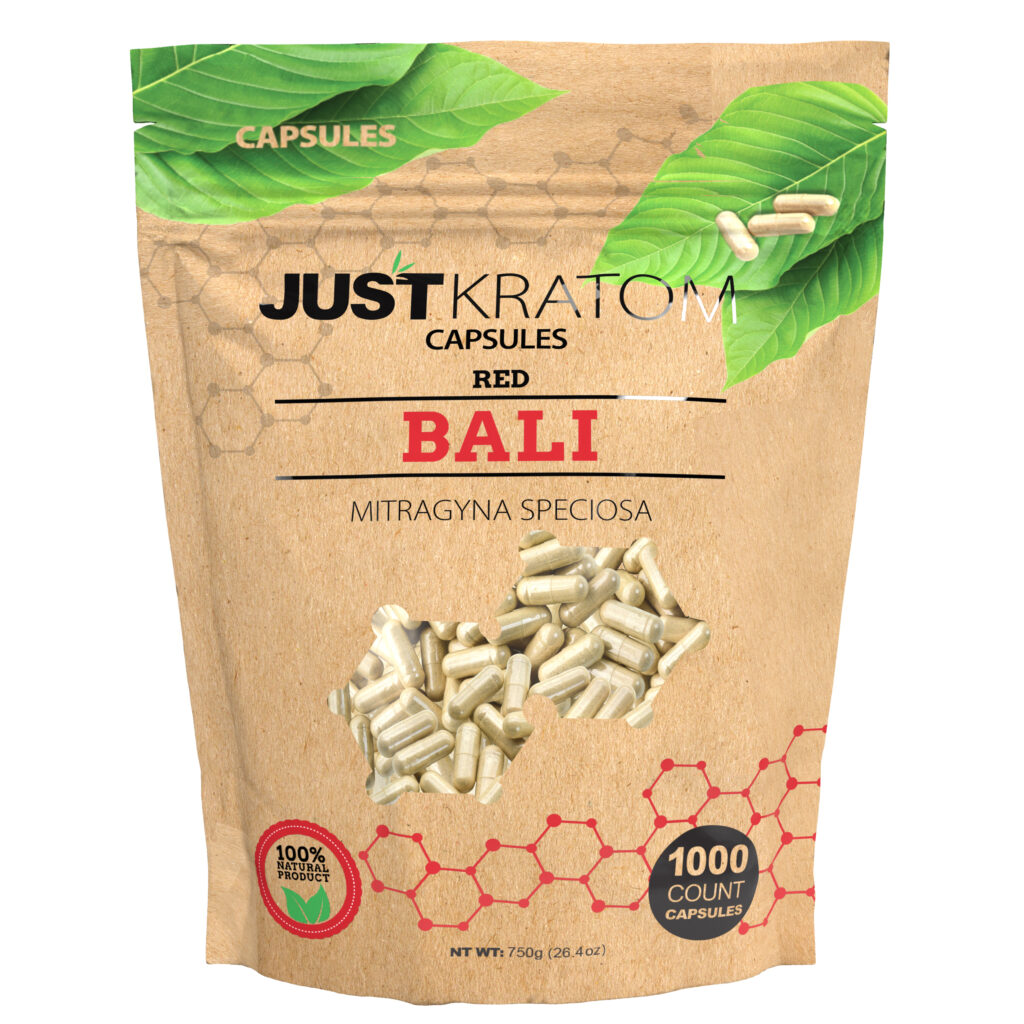Benefits of Kratom for Pain Relief
For individuals seeking natural alternatives to traditional painkillers, kratom has emerged as a promising option. This tropical plant contains alkaloids that interact with opioid receptors in the brain, providing pain relief and potentially mitigating withdrawal symptoms from opioid use disorders. Kratom capsules offer a convenient and controlled dosage form, making them an attractive choice for those looking to manage chronic pain without relying on potentially addictive prescription medications.

Natural Analgesic Properties
Kratom’s analgesic properties stem from its active alkaloids, mitragynine and 7-hydroxymitragynine. These compounds bind to opioid receptors in the brain, mimicking the effects of opioid drugs like morphine. This binding triggers a cascade of events that reduce pain perception by inhibiting pain signals from reaching the central nervous system.
By activating these same receptors, kratom can potentially alleviate various types of pain, including chronic pain, neuropathic pain, and muscle soreness. Its natural origin and ability to target pain pathways without producing the same level of euphoria as opioids make it an appealing alternative for individuals seeking a non-addictive pain management solution.
Mechanism of Action on Opioid Receptors
Kratom’s potential as a pain reliever lies in its interaction with opioid receptors. The alkaloids mitragynine and 7-hydroxymitragynine present in kratom bind to these receptors, much like opioid medications like morphine. This binding process initiates a series of events that reduce the transmission of pain signals from the body to the brain.
This mechanism of action suggests that kratom might be effective in managing different types of pain, including chronic pain, neuropathic pain, and muscle soreness.

Variety of Strains and Potencies
Kratom is available in a wide variety of strains, each with its own unique alkaloid profile and potential effects. Some strains are known for their stimulating properties, while others are more sedating.
Potency also varies significantly between strains, depending on the concentration of active alkaloids. It’s important to start with a low dose and gradually increase it as needed to find the optimal effect.
This wide range of options allows individuals to personalize their kratom experience and choose a strain and potency that best suits their needs and pain levels.
Safety and Side Effects
While kratom presents a potentially effective alternative for managing pain, it is important to be aware of potential side effects and safety concerns.
Potential Risks and Adverse Reactions
Like any substance, kratom can cause adverse reactions in some individuals. Potential side effects include nausea, vomiting, diarrhea, dizziness, and headache. In rare cases, more serious side effects such as liver damage, seizures, and even death have been reported.
It’s crucial to use kratom responsibly and consult with a healthcare professional before incorporating it into your pain management regimen. Individuals with pre-existing medical conditions, especially those involving the liver or brain, should exercise extreme caution when considering kratom use.
Additionally, kratom can interact with other medications, including prescription painkillers, antidepressants, and blood thinners. This interaction could lead to unpredictable and potentially dangerous consequences.
Dosage Guidelines and Precautions
Kratom users should start with a low dose and gradually increase it as needed to find the optimal effect. It’s important to be aware that kratom can have side effects, and these can vary from person to person.
Some potential side effects include nausea, vomiting, diarrhea, dizziness, and headache. In rare cases, more serious side effects such as liver damage, seizures, and even death have been reported.
Because of these potential risks, it is crucial to use kratom responsibly and consult with a healthcare professional before incorporating it into your pain management regimen. Individuals with pre-existing medical conditions, especially those involving the liver or brain, should exercise extreme caution when considering kratom use.
Kratom can also interact with other medications, including prescription painkillers, antidepressants, and blood thinners. This interaction could lead to unpredictable and potentially dangerous consequences.
Drug Interactions and Contraindications
While kratom presents a potentially effective alternative for managing pain, it is important to be aware of potential side effects and safety concerns. Like any substance, kratom can cause adverse reactions in some individuals. Potential side effects include nausea, vomiting, diarrhea, dizziness, and headache. In rare cases, more serious side effects such as liver damage, seizures, and even death have been reported.
It’s crucial to use kratom responsibly and consult with a healthcare professional before incorporating it into your pain management regimen. Individuals with pre-existing medical conditions, especially those involving the liver or brain, should exercise extreme caution when considering kratom use.
Additionally, kratom can interact with other medications, including prescription painkillers, antidepressants, and blood thinners. This interaction could lead to unpredictable and potentially dangerous consequences.

Comparison to Prescription Painkillers
For individuals seeking natural alternatives to traditional painkillers, kratom has emerged as a promising option. Kratom capsules offer a convenient and controlled dosage form, making them an attractive choice for those looking to manage chronic pain without relying on potentially addictive prescription medications.
Effectiveness in Managing Pain
Kratom’s effectiveness in managing pain is comparable to prescription painkillers, but it operates through a different mechanism. Kratom alkaloids, mitragynine and 7-hydroxymitragynine, bind to opioid receptors in the brain, similar to how prescription opioids work. This binding reduces pain perception by inhibiting pain signals from reaching the central nervous system.
While both kratom and prescription painkillers can alleviate various types of pain, including chronic pain, neuropathic pain, and muscle soreness, kratom’s natural origin and lower potential for euphoria make it an appealing alternative for some individuals seeking a non-addictive pain management solution.
Addiction Potential and Dependence Risk
Kratom and prescription painkillers share the ability to alleviate various types of pain by interacting with opioid receptors in the brain. However, there are key differences regarding their addictive potential and dependence risk.
Prescription painkillers, such as opioids like morphine or oxycodone, have a higher risk of addiction and dependence due to their potent effects on the reward pathway in the brain. Regular use can lead to tolerance, where increasing doses are needed for the same pain relief effect. Withdrawal symptoms, which can be severe, occur when use is stopped.
Kratom’s addictive potential is less well-defined and debated among researchers. Some studies suggest that kratom may have a lower risk of dependence compared to prescription opioids. However, it’s important to note that prolonged or high doses of kratom can still lead to dependence and withdrawal symptoms.
The overall picture regarding kratom’s addiction potential is complex and requires further research. Individuals considering using kratom for pain management should carefully weigh the potential risks and benefits and consult with a healthcare professional.
Side Effects and Long-Term Health Consequences
Kratom capsules offer a potentially effective alternative to prescription painkillers, especially for those seeking a natural approach to managing chronic pain. Both kratom and prescription painkillers work by interacting with opioid receptors in the brain, but kratom’s alkaloids are thought to have a lower risk of dependence compared to highly potent prescription opioids.
While both substances can alleviate various types of pain, including chronic pain, neuropathic pain, and muscle soreness, it’s crucial to understand the potential side effects associated with kratom.
Like any substance, kratom can cause adverse reactions in some individuals, ranging from nausea, vomiting, diarrhea, dizziness, and headache to more serious side effects such as liver damage, seizures, or even death in rare cases.
It’s essential to use kratom responsibly, starting with a low dose and gradually increasing it as needed. Consulting with a healthcare professional before incorporating kratom into your pain management regimen is also crucial, especially if you have pre-existing medical conditions or are taking other medications, including prescription painkillers, antidepressants, or blood thinners.
Kratom can interact with these medications, potentially leading to unpredictable and dangerous consequences.
Legal Status and Accessibility
Kratom has emerged as a potential alternative for managing pain, offering a natural approach compared to traditional prescription painkillers.
Legality of Kratom in Different Jurisdictions
The legal status of kratom varies significantly across the globe. In some countries, it is legal and widely available, while in others, it is completely prohibited.
Within the United States, kratom’s legal status is a patchwork of regulations at the state and federal level. Some states have outright banned kratom, while others allow its sale and possession with varying restrictions. The federal government currently does not classify kratom as a controlled substance, but it is under consideration for potential scheduling by the Drug Enforcement Administration (DEA).
This complex legal landscape makes it essential for individuals interested in using kratom to understand the specific laws and regulations in their jurisdiction.
Accessibility of kratom also depends on location. In places where it is legal, kratom can be found in various forms, including powder, capsules, and teas, at specialty stores, online retailers, and even some mainstream supermarkets.
However, in areas with restrictions or bans, obtaining kratom may be difficult or even illegal.
Sources and Quality Control of Kratom Products
The legal status of kratom is complex and varies greatly around the world. Some countries have completely banned it, while others allow its sale and use with varying restrictions. In the United States, kratom’s legal status is a patchwork of state and federal regulations. Some states have outright bans, while others permit its sale and possession with certain limitations. The federal government does not currently classify kratom as a controlled substance, but the Drug Enforcement Administration (DEA) is considering potential scheduling.
Accessibility also depends on location. Where kratom is legal, it can be found in various forms—powder, capsules, teas—at specialty stores, online retailers, and even some mainstream supermarkets. In areas with restrictions or bans, obtaining kratom may be difficult or illegal.
The quality control of kratom products can be a concern due to the lack of standardized regulations and oversight in many places. This variability in quality stems from factors like growing conditions, processing methods, and potential contamination during manufacturing or storage.
To mitigate these risks, it’s crucial for consumers to choose reputable suppliers who prioritize quality control measures such as third-party lab testing to verify potency and purity.
Buy organic Kratom capsules from Just Kratom
- How Long Does It Take To See Results From Marionette Lines Fillers In Surrey - August 20, 2025
- How Kratom Capsules May Help You Overcome Fatigue And Exhaustion - August 10, 2025
- How Effective Is The Cosmelan Depigmentation Peel For Melasma In The UK - August 7, 2025
